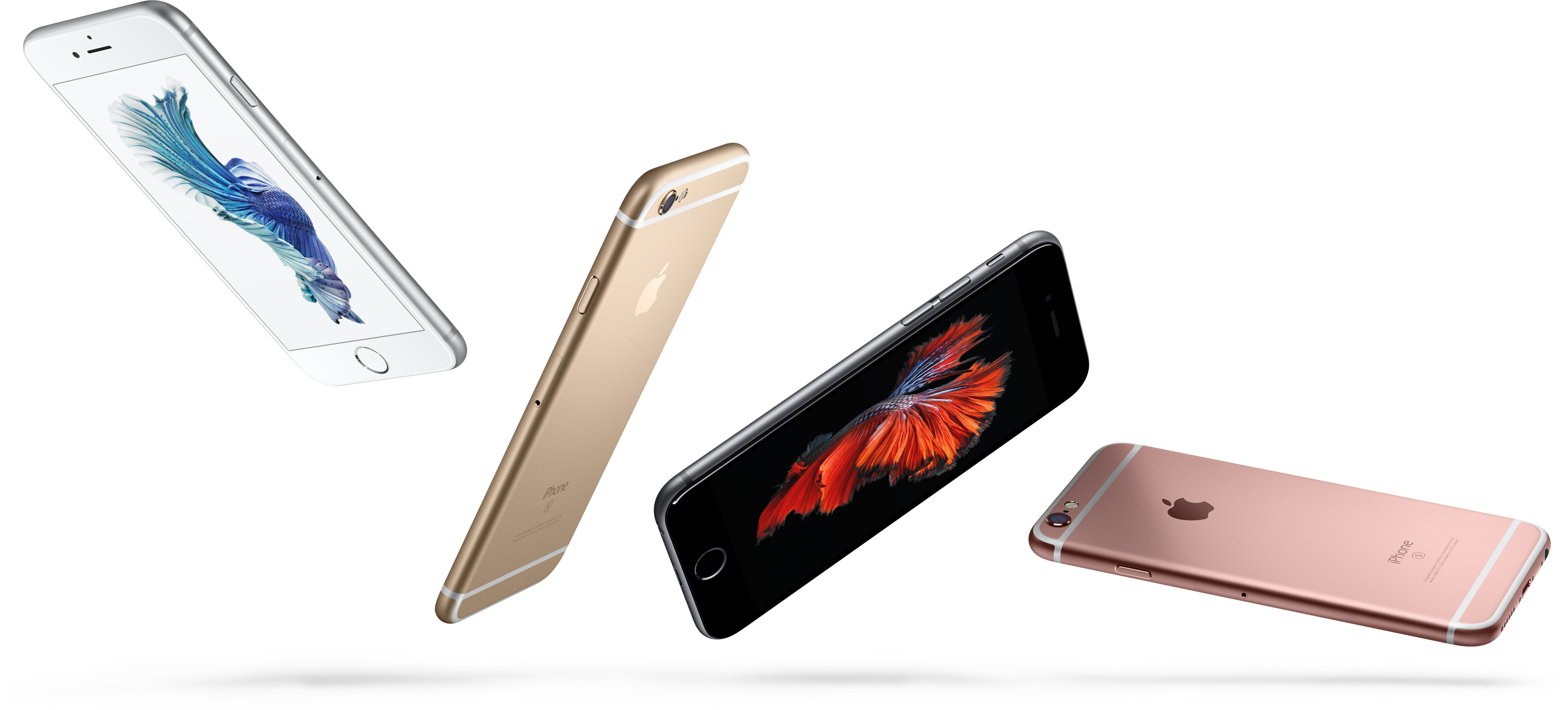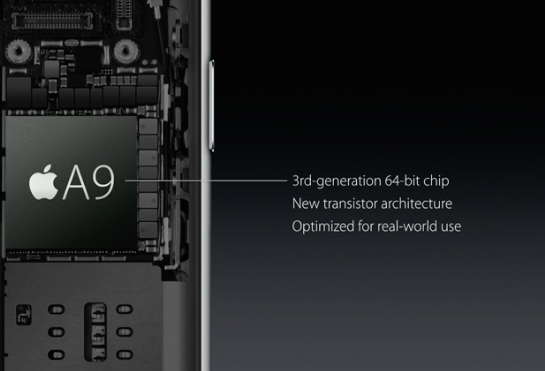The iPhone 6s featuring Apple’s in-house designed ‘A9’ microchip is yet to start shipping but the firm’s already commissioned Taiwan Semiconductor Manufacturing Company (TSMC) to build a next-generation ‘A10’ package expected to power 2016 iOS devices like an ‘iPhone 7,’ third-generation iPad Air and second-generation iPad Pro, according to supply chain chatter Monday.
The A10 application processor will be exclusively manufactured by TSMC on its 16-nanometer manufacturing process using InFO (Integrated Fan Out) architecture.
“The iPhone 7 should be introduced in Q4 2016, and Apple’s supply chain will apparently begin stocking up on components sometime in the second quarter,” reads the report.
Some of the benefits of the InFO process technology include reduced cost and streamlined manufacturing while potentially allowing Apple to engineer iPhones and iPads using the Apple Watch’s system-in-package (SiP) design.
The SiP design of the Apple Watch’s 28-nanometer ‘S1’ chip basically packs an entire computer architecture onto a single chip by combining the processor, the GPU, RAM, the logic board, the sensors and all of the supporting circuitry—more than 30 different components—into a resin-covered package.
The iPhone 6s and iPhone 6s Plus feature a notable reduction of chips compared to the previous-generation. However, should all of the iPhone’s chips—including the CPU, the GPU, RAM, the sensors, storage, various controllers and other electronic parts—be shrank to fit a single encapsulated module like on the Apple Watch, the approach would eliminate the need for the traditional printed circuit board and allow 2017 iPhones to be even thinner while potentially gaining water resistance.
The A9 chip—and all of Apple’s previous A-series chips—combines the CPU, the GPU, RAM and control logic onto a single chip. Apple’s latest processors, the A9 and A9x, power the new iPhones and the iPad Pro, respectively.
The company states that the A9 has 70 percent CPU performance and 90 percent more graphics performance compared to its predecessor, the A8.
Among other things, the A9 combines an improved image processor with better temporal and spatial noise reduction and improved local tone mapping. It also embeds the M9 motion coprocessor whereas on previous-generation iOS devices the motion coprocessor is a own chip separate from the main processor.
Source: China Times (Google Translate) via G for Games

